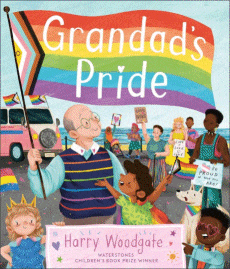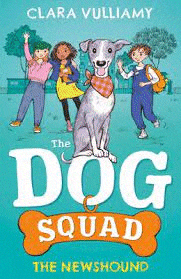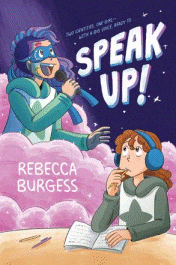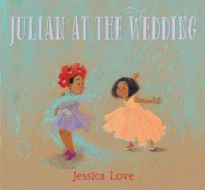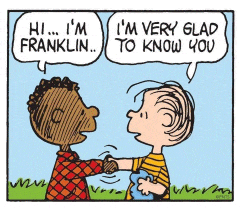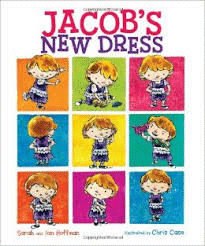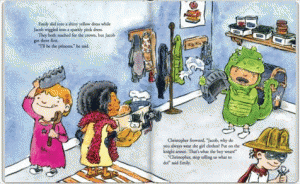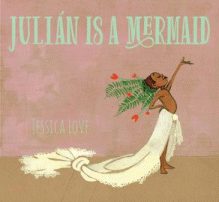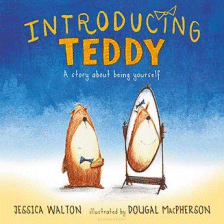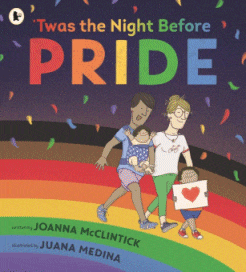
‘Twas the Night Before Pride
‘Twas the Night Before Pride
Joanna McClintick
Juana Media
Walker Books, 2023
32pp., pbk., RRP $A16.99
9781529512502
On the night before Pride, families everywhere are preparing to take part in this special parade celebrating gender diversity and honouring those in the LBGTQ+ community who fought against injustice and inequality. As one family packs snacks and makes signs, an older sibling shares the importance of the parade with the newest member of the family. Reflecting on the day, the siblings agree that the best thing about Pride is getting to be yourself.
This book has been sitting on my shelf waiting for the right opportunity to review it, and that seemed to present itself in the last week or two. Firstly, there was a conversation with a number of women of a certain age who still seem to believe that gender diversity is an active choice made by the individual and who not only thought it “disgusting” but believed it to be a result of the child’s upbringing and so condemned all those involved, which in this instance, included me. Secondly, there was a request to a teacher librarian forum for LGBTQIA+ book suggestions for a primary school including how to deal with anticipated parental backlash. So clearly there remains a need to continually educate and advocate for those who don’t fit the accepted norm, and the lines from the story
It sometimes happens we’re not given respect. It can take a long time for some to accept
becomes even more poignant and relevant, especially in light of some of the policies in schools in parts of the US and book bannings in libraries which clearly, some would prefer to have here as well.
It remains my hope that one day soon that family and gender diversity in stories will not be a cause for comment, let alone a label but until then we need to continue to include books that demonstrate that people are people regardless of who they might share their nights with in our collection so that our young people don’t have the prejudices that are clearly still in our community. This one, written to the rhythm of “Twas the Night Before Christmas”, although written for a US audience with reference to historical events there, is nevertheless, a worthwhile addition to your collection particularly because of the lines I’ve quoted, and to help our young ones understand the message behind the parade at Mardi Gras.
In the meantime, if you’re looking for appropriate titles, search this blog for LGBTQIA+, check out this list from Walker Books, or this one from Readings, and if you need to explain or defend your position, see how it is dealt with in this sample collection policy and this blog post.
